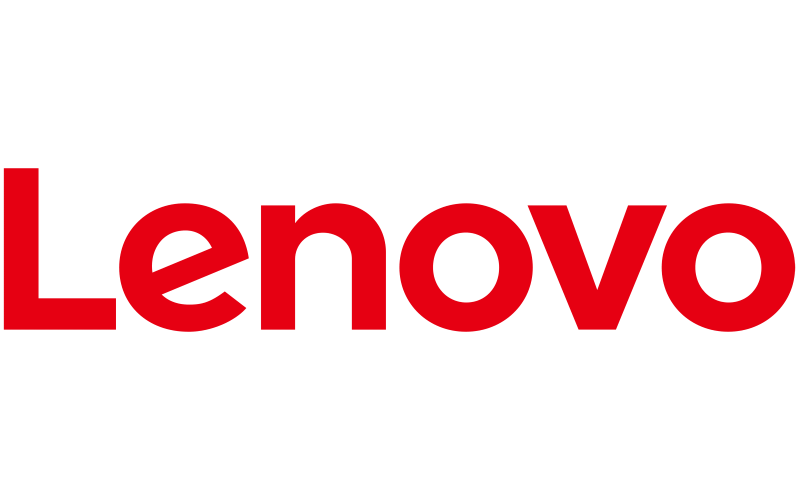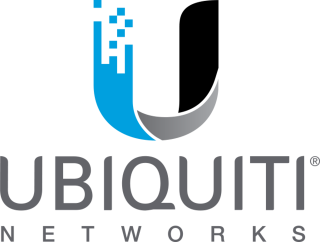The term tech stack is commonly used in discussions around software projects, cloud migrations, infrastructure modernization, and product architecture. But what exactly does it mean, and how do you decide what belongs in yours?
In this guide, we’ll break down what a tech stack is, why it matters, and how to approach designing one that is reliable, scalable, and aligned with your team’s long term goals.
What Does “Tech Stack” Mean?
A tech stack refers to the combination of tools, technologies, frameworks, services, and platforms that power an application or system.
At a high level, a stack typically includes:
- Frontend – What users interact with (for example, web or mobile interfaces)
- Backend – The business logic, APIs, and data processing
- Database – Where application data is stored
- Infrastructure – How and where the application runs (servers, containers, cloud services)
- DevOps and CI/CD – The tools that support building, testing, deploying, and monitoring code
Some stacks are tailored for web apps. Others support internal platforms, machine learning workloads, or highly regulated enterprise systems.
Common Tech Stack Examples
Here are a few well-known examples of tech stacks:
- LAMP Stack
Linux, Apache, MySQL, PHP – A classic web stack for server-side applications - MEAN Stack
MongoDB, Express, Angular, Node.js – Popular for full JavaScript applications - .NET + Azure Stack
C#, ASP.NET Core, Azure App Services, Azure SQL – Common in enterprise development - Jamstack
JavaScript, APIs, Markup – Optimized for static sites and headless architectures
Tech stacks are not one size fits all. The best one depends on your goals, team expertise, use case, and operational model.
Why the Tech Stack Matters
Choosing the right stack impacts:
- Developer productivity – Familiar tools lead to faster iteration and fewer bugs
- Scalability and performance – Some stacks are better suited for high load environments
- Security and compliance – Enterprises often choose stacks with strong audit and policy support
- Operational overhead – Infrastructure heavy stacks require more ongoing management
- Hiring and support – A rare tech stack might create talent gaps or vendor lock in
In other words, your tech stack directly affects how fast you can move, how easy it is to maintain your systems, and how confidently you can scale.
Best Practices for Designing a Tech Stack
If you are building or modernizing a platform, here are principles to guide your stack architecture:
1. Start with the Problem, Not the Tools
Don’t choose technologies based on popularity or trend. Start by asking:
- What are the performance and availability requirements?
- What does the user experience need to look like?
- Are you building a web app, internal tool, API, or data pipeline?
- What kind of security controls and compliance measures are required?
Your stack should serve your needs, not the other way around.
2. Design for Modularity and Change
Modern systems evolve. Build your stack so that components can be swapped out with minimal impact.
- Use API-driven services for loose coupling between systems
- Favor open standards and interoperable formats (like JSON, REST, or gRPC)
- Isolate frontend, backend, and infrastructure layers where possible
This makes it easier to experiment, scale, and replace aging tools without complete rewrites.
3. Choose Managed and Cloud-Native Where It Makes Sense
Cloud providers like Azure offer managed databases, storage, compute, networking, and DevOps tooling. Using managed services often improves:
- Uptime and reliability
- Security baselines
- Time to market
For example, Azure App Service, Azure SQL, and Azure Monitor reduce operational overhead while supporting enterprise-grade workloads.
4. Prioritize Observability from the Start
A good tech stack includes tooling for:
- Logging – Tracking app activity and errors
- Monitoring – Watching usage, performance, and system health
- Tracing – Following how requests move across systems
Whether you’re using Azure Monitor, Prometheus, Grafana, or another toolset, build observability in from day one.
5. Automate Delivery and Infrastructure
Use tools like:
- GitHub Actions, Azure DevOps, or Jenkins for CI/CD
- Terraform, Bicep, or Pulumi for infrastructure as code
- Docker and Kubernetes for containerization (if needed)
Automation reduces errors, speeds up deployments, and improves team confidence.
6. Balance Innovation with Maturity
Cutting-edge tools can be exciting, but too many new or experimental components can lead to reliability and hiring challenges. Include tools that are:
- Well-documented
- Actively maintained
- Supported by a strong community or vendor
Stability is often more valuable than novelty.
7. Document Everything
A good tech stack is only useful if your team knows how to use and extend it.
- Maintain an internal architecture guide
- Document dependencies, build steps, and service ownership
- Include diagrams and decision logs for context
Documentation improves onboarding, reduces knowledge gaps, and speeds up issue resolution.
Final Thoughts
Your tech stack is the foundation of your application or platform. When thoughtfully designed, it enables your team to move faster, scale safely, and deliver high-quality outcomes.
Whether you’re starting a new project or modernizing an existing system, the best stacks are not built on trends—they’re built on alignment, clarity, and sound engineering choices.
At Exodata, we help organizations build, scale, and manage technology stacks that support growth, compliance, and operational efficiency. From cloud-native deployments on Azure to hybrid architectures, our team helps define and execute technology roadmaps with confidence.
Need guidance on designing the right tech stack for your team or product? Let’s talk.










